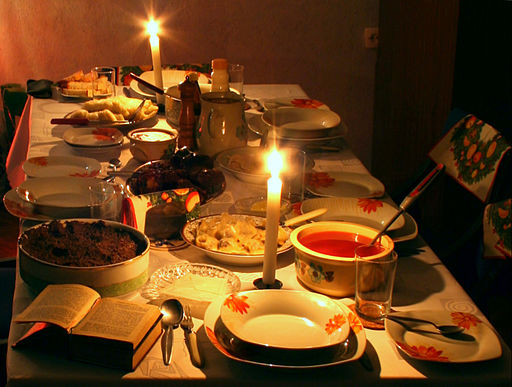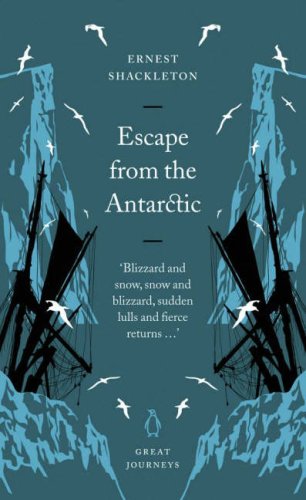Pe Ell's Polish Pioneers
 |
| Traditional setting of the Christmas Eve table in Poland by Przykuta [GFDL, CC-BY-SA-3.0 or CC BY-SA 2.5], from Wikimedia Commons |
What was life like for the Polish immigrants in Pe Ell, Washington, one hundred years ago? As told in the words of their descendants today, this book preserves their experiences; their joys, their sorrows, and their struggles to make a better life for themselves and their families as they assimilated into a new country and became Americans.
I stumbled across this book at the thrift store this past summer: Pe Ell's Polish Pioneers by Leo E. Kowalski. It seemed really obscure but I decided to give it a try. Lately I've been hankering to learn more about local history, beyond Lewis & Clark and Captain Cook (though their stories still excite me), and I've been interested in Polish history since encountering pieces of it in college courses. The lesser known episodes of history are my favorite, so I thought I might like this one, which takes place in Pe Ell, WA, just two counties south of Seattle.
The story begins with an overview of Poland, ca. 1900. The once-powerful Kingdom of Poland had, in the late 18th century, undergone partitioning by surrounding powers. This resulted in a loss of sovereignty through the 19th century, with Russian, Austrian, and Prussian divisions left as the remainder. Poland had once created a constitution - short-lived, but considered to be the first of its kind in Europe - so self-determination was already in the national consciousness even under the rule of Russia and Prussia. While poverty was a factor in some of the Poles leaving in the 19th century, avoiding Russian or Prussian conscription was also a big motivator for single young men.
Kowalski is a genealogist, not a historian, and perhaps for this reason, the book is written in a very anecdotal and non-linear style, following families and themes more than a strict chronology. Roughly speaking, it covers the arrival of Polish immigrants in the Pe Ell area in the mid-1870s up through the dwindling township of the post-WWII era. Using anecdotes shared by other Polish-American descendants as well as his own family stories, Kowalski shows how the pioneers arrived at what was essentially a wilderness and transformed it into a community with a strong Polish character, infused with American culture and interactions with other immigrant groups.
It is hard to rate a book of this nature, so by comparison to similar books I've read, I gave it a 3. Much of the book talks about logging, which was central to the Pe Ell economy and provided jobs to many of the men. Perhaps this would be more interesting to non-Washingtonians, but for those of us who grow up with the knowledge in other books, it's not as engaging. My favorite section was the chapter called "Life in Pe Ell" where we get a glimpse of everyday life for the non-loggers - mainly dawn-to-dusk farming and gardening, interspersed with festive weddings where alcohol, fiddling, and dancing covered multiple days of celebration.
The hard life these people led, quintessential to the pioneer narrative, was not lost on me, either. What you have to surmise, reading between the lines, was that life in Poland must have been much worse, for these people to come here and embrace American life. They were not always treated right by their non-Polish neighbors, and through the dangers of logging and farming, they experienced risk of death or injury on a daily basis. At the same time, they took ownership of their citizenship, their land, and their town, helping each other and contributing to the community. It's really motivating to read what they accomplished with so much less (at least, materially and technologically) than we have now.
This book was published in 2007 and makes reference to the Holy Cross Church, which had been built by members of Polish National Catholic Church. It turns out that the church, like many others, was taken down in 2010 due to its age and apparently no funding to preserve it. It's too bad... it was one of the last structures from this book left standing at the time. I don't recall ever visiting Pe Ell and would have liked to have seen the church.




Comments